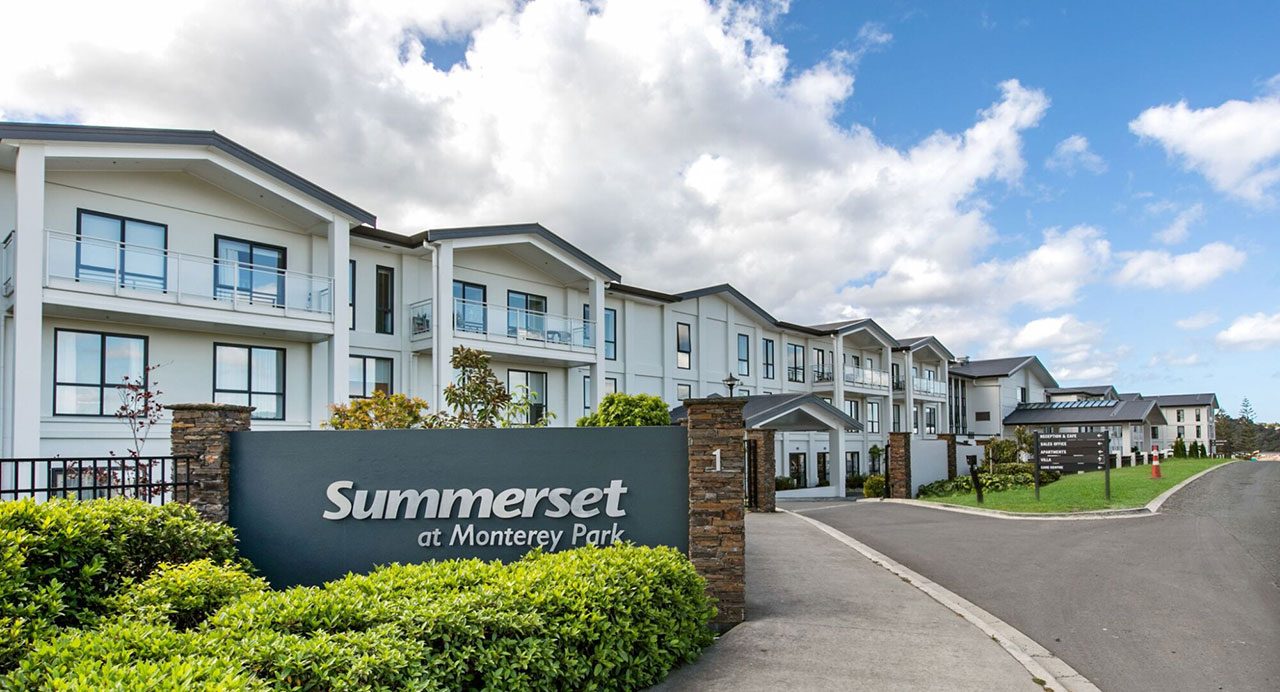This article is from the Australian Property Journal archive
DUAL-listed New Zealand and Australia retirement homes operator Summerset Group Holdings has posted first-half profit at the upper end of guidance, but remains concerned about government underfunding in the aged care sector on the other side of the Tasman.
The half saw its first Australian residents moved into its Cranbourne North village, in Melbourne’s south-east. Summerset recently completed the village’s first stage of independent living homes and has commenced the second stage, and broke ground on the main building in July.
Civil works well underway at our Chirnside Park site in the city’s north-east, while it has unanimous approval for our its Oakleigh South village from the Monash Council, and an approved development plan for its Torquay site on the Surf Coast as well.
Underlying profit for the first half was NZ$89.9 million, up 3% on the prior corresponding period. Total assets of NZ$7.4 billion was up 17%.
The first half saw 352 new units delivered, up from 152, and 588 sales of occupation rights for the half, an increase from 483, marking its highest-ever first-half sales figure. Re
Development margin was 28.3%, slimmed down from 33.5%.
“We feel, in the current market, we’ve shown the continued strength of our sales pipeline, our disciplined approach to costs and the demand for our retirement living option despite the weak macroeconomic conditions we find ourselves in,” said Summerset CEO, Scott Scoullar.
Interim dividend was in line with a year earlier at NZ11.3c.
Summerset announced the acquisition of a new site in New Zealand’s Napier, in Hawke’s Bay.
Scoullar said Summerset and other aged care sector operators continue to be “very concerned” about government underfunding in the wider aged care sector in New Zealand.
“Despite the industry’s continued raising of this issue, successive governments have failed to take the risks to aged New Zealanders and the wider health system seriously.”
He said this would mean more elderly New Zealanders end up reverting to the public healthcare system where they will occupy hospital beds required by Kiwis of all ages.
Health New Zealand’s most recent offer of a 3.2% increase in aged care funding is well below the 11% required to cover aged care providers’ rising costs over the last 12 months, he said.
“We’ll continue to provide care, as it’s highly valued by our residents, but with the funding model the way it is we are focusing our care offering on smaller care facilities that are targeted at our village residents only.
“The wider aged care sector faces systemic challenges with over 60% of aged care provided by not-for-profits or charities, many of which are closing or reducing aged care beds. We will continue to strongly support the New Zealand Aged Care Association’s work to highlight the underfunding of aged care and the consequences for us all.”




